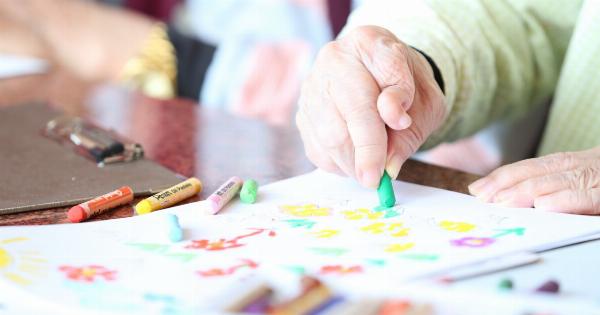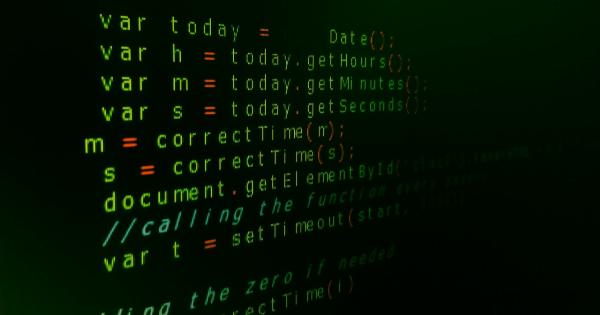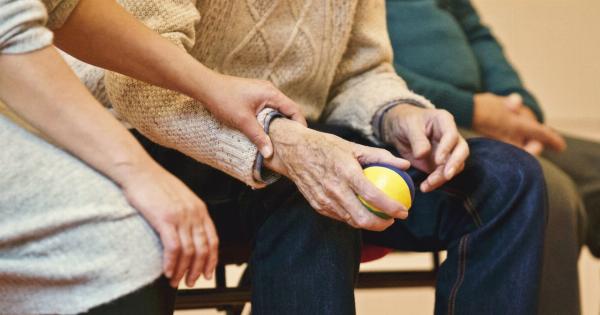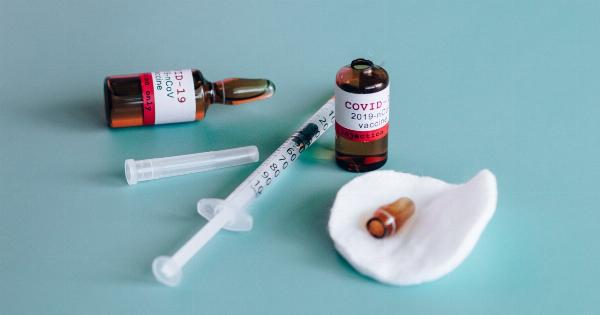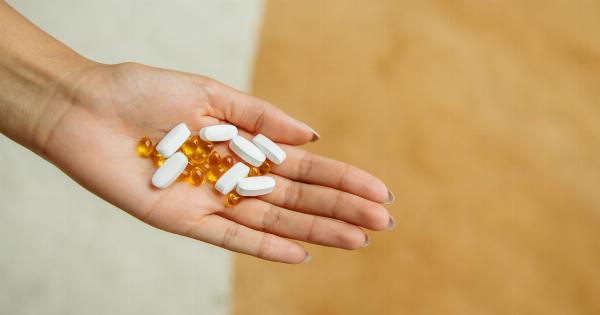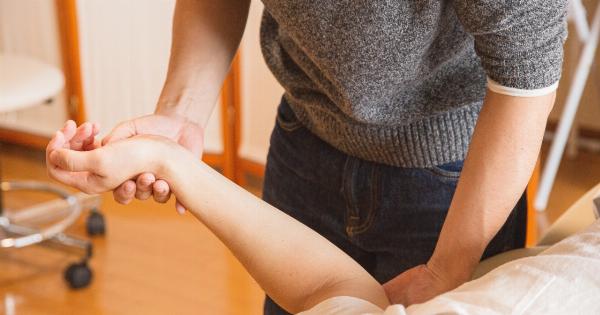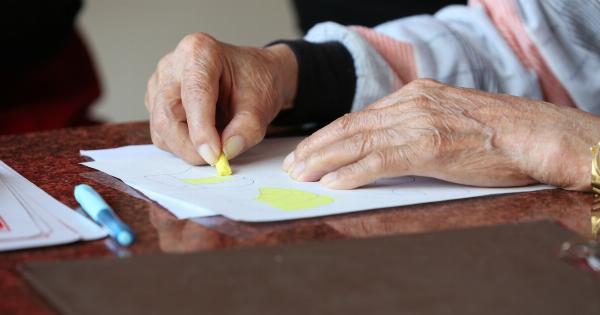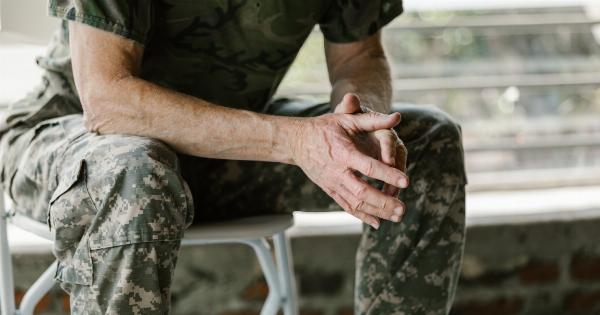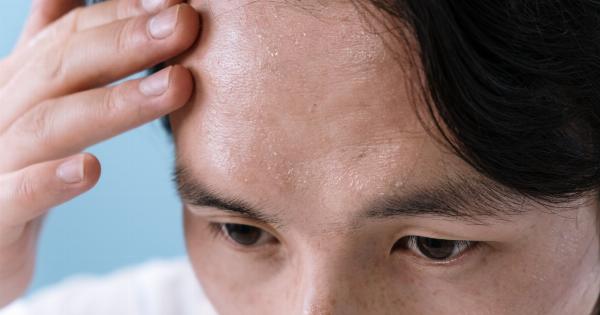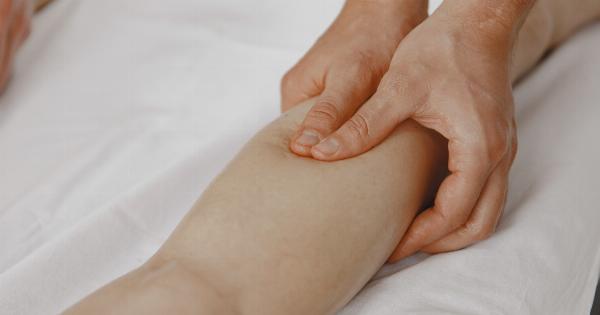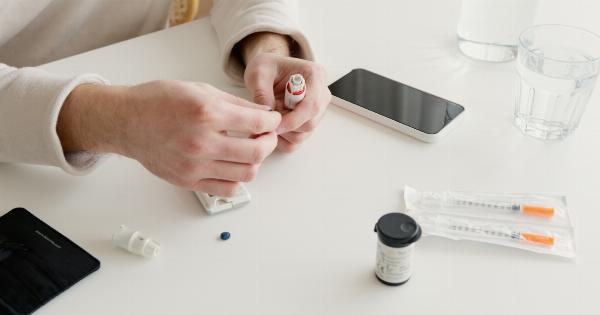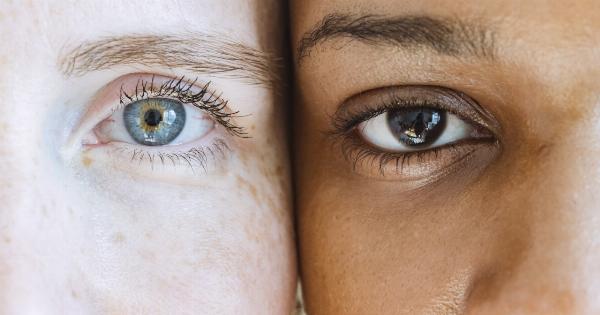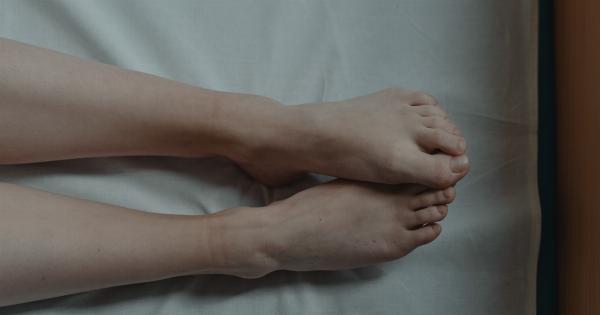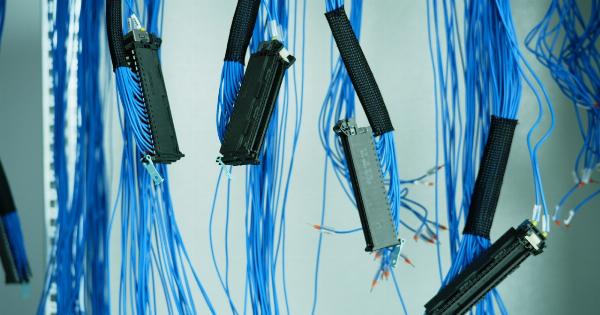When it comes to chronic pain, two common conditions that people often encounter are discopathy and arthritis. These conditions can cause significant discomfort and affect your daily life.
Understanding the causes and symptoms of discopathy and arthritis is crucial in managing and treating the pain effectively. In this article, we will explore what you need to know about these conditions and how they contribute to pain.
What is Discopathy?
Discopathy, also known as disc degeneration, refers to the deterioration of the intervertebral discs in the spine. These discs provide cushioning and support between the vertebrae, allowing for smooth movement and flexibility.
However, over time, these discs can wear down due to age, repetitive strain, injuries, or other factors.
As the discs degenerate, they lose their ability to absorb shock and provide adequate support, leading to pain and discomfort. The most common symptoms of discopathy include:.
- Back pain that worsens with movement or prolonged sitting
- Pain that radiates to the buttocks, legs, or feet
- Numbness or tingling sensation in the affected area
- Reduced range of motion
Causes of Discopathy
Several factors contribute to the development of discopathy. One of the primary causes is the natural aging process. As we age, the discs in our spine lose their hydration and elasticity, making them more susceptible to damage and degeneration.
Additionally, repetitive activities that put excessive strain on the spine, such as heavy lifting or sitting for prolonged periods, can accelerate disc degeneration.
Injuries, such as herniated discs or trauma to the spine, can also lead to discopathy. In some cases, genetics and certain medical conditions, such as obesity and arthritis, can increase the risk of disc degeneration.
Treating Discopathy
Although discopathy cannot be reversed, various treatments are available to alleviate the pain and improve quality of life. The treatment options for discopathy include:.
- Physical Therapy: A targeted exercise plan that focuses on strengthening the core muscles and improving flexibility can help relieve pressure on the affected discs.
- Medications: Over-the-counter pain relievers, such as nonsteroidal anti-inflammatory drugs (NSAIDs), can help reduce inflammation and provide temporary relief. In some cases, stronger prescription medications may be necessary to manage severe pain.
- Injections: Corticosteroid injections administered directly into the affected area can help reduce inflammation and relieve pain temporarily.
- Surgery: In severe cases where conservative treatments fail to provide relief, surgical intervention may be necessary. Surgical options include discectomy, spinal fusion, or artificial disc replacement.
Understanding Arthritis
Arthritis is a broad term used to describe inflammation of the joints. It encompasses various conditions, including osteoarthritis, rheumatoid arthritis, and psoriatic arthritis. The most common form of arthritis that causes joint pain is osteoarthritis.
Osteoarthritis occurs when the protective cartilage that cushions the ends of bones in a joint wears down over time. As the cartilage breaks down, the bones rub against each other, resulting in pain, stiffness, and swelling.
The joints most commonly affected by osteoarthritis include the knees, hips, hands, and spine.
Symptoms of Arthritis
The symptoms of arthritis can vary depending on the type and severity of the condition. However, common signs and symptoms include:.
- Joint pain, which may worsen with movement or activity
- Stiffness and reduced range of motion
- Swelling and tenderness in the affected joints
- Cracking or popping sounds when moving the joints
- Weakness in the affected area
Causes of Arthritis
Arthritis can have various causes, some of which include:.
- Age: The risk of developing arthritis increases with age, as the wear and tear on joints accumulate over time.
- Genetics: Certain genetic factors can make individuals more susceptible to developing arthritis.
- Obesity: Excess weight puts additional stress on the joints, leading to a higher risk of developing arthritis.
- Injury: Previous joint injuries or trauma can contribute to the development of arthritis.
- Autoimmune Disorders: Conditions like rheumatoid arthritis and psoriatic arthritis are autoimmune diseases in which the immune system mistakenly attacks healthy joint tissues, leading to inflammation and damage.
Treating Arthritis
While there is no cure for arthritis, several treatment options can help manage the symptoms and slow down disease progression. The treatment approach for arthritis may include:.
- Medications: Nonsteroidal anti-inflammatory drugs (NSAIDs), acetaminophen, and corticosteroids are commonly used medications for pain relief and inflammation reduction.
- Physical Therapy: Therapeutic exercises and techniques can improve joint function, strengthen supporting muscles, and reduce pain.
- Weight Management: Maintaining a healthy weight reduces stress on weight-bearing joints and can help alleviate symptoms.
- Assistive Devices: Using devices such as braces, splints, or canes can provide support and reduce joint strain.
- Surgery: In severe cases, when other treatments fail to provide relief, joint replacement surgery may be recommended.
Conclusion
Discopathy and arthritis are both conditions that can cause significant pain and discomfort. Understanding the causes, symptoms, and treatment options for these conditions is essential for managing and reducing pain effectively.
While discopathy primarily affects the spine and intervertebral discs, arthritis can affect various joints throughout the body. If you are experiencing chronic pain, it is important to consult with a healthcare professional to receive an accurate diagnosis and develop an appropriate treatment plan.

